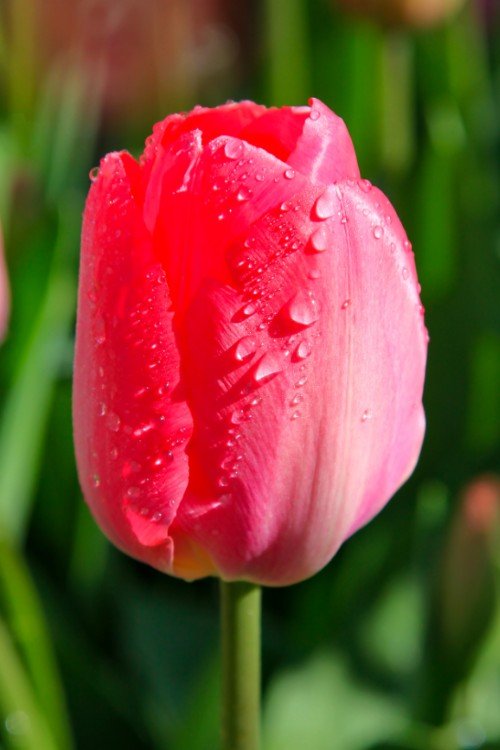
Van Eijk
1599
$15.99
Unit price perAbout Van Eijk
Bring this botanical masterpiece to your garden and immerse yourself in its captivating beauty year after year. Experience the timeless beauty of the Tulip Van Eijk, a captivating floral masterpiece that will transform your garden into a vibrant tapestry of colors. This exceptional flower bulb is sure to impress with its striking appearance and graceful allure.
- Breathtaking Beauty: The Tulip Van Eijk boasts elegant petals in a mesmerizing blend of soft pink and ivory, creating a stunning visual display that will captivate all who behold it.
- Height: Grows to an average height of 18-20 inches (45-50 cm), allowing its majestic blooms to tower above other plants and create a focal point in your garden.
- Blooming Season: Delight in the Tulip Van Eijk's resplendent blooms during the early to mid-spring season, when its radiant flowers emerge and lend a vibrant energy to your outdoor space.
- Hardy and Resilient: This tulip variety is known for its resilience and ability to withstand various weather conditions, ensuring that its beauty remains unaffected even in challenging climates.
How to plant and take care of Van Eijk
- Planting Time: Plant the bulbs in the fall, around 4-6 weeks before the ground freezes, to allow them to establish their root system before winter.
- Soil Requirements: Choose a well-draining soil with good fertility to ensure optimal growth. Incorporating organic matter or compost can improve the soil quality.
- Sunlight: Tulip Van Eijk thrives in full sun to partial shade, so select a location that receives at least 6 hours of direct sunlight per day.
- Watering: Provide regular watering to keep the soil evenly moist but not waterlogged. Avoid overwatering, as it can lead to bulb rot.
- Maintenance: Remove faded flowers to prevent the plant from expending energy on seed production. Allow the foliage to wither naturally after flowering, as it helps replenish the bulb for future growth.
- Winter Care: In colder regions, apply a layer of mulch over the bulbs to protect them from freezing temperatures.
FAQs

